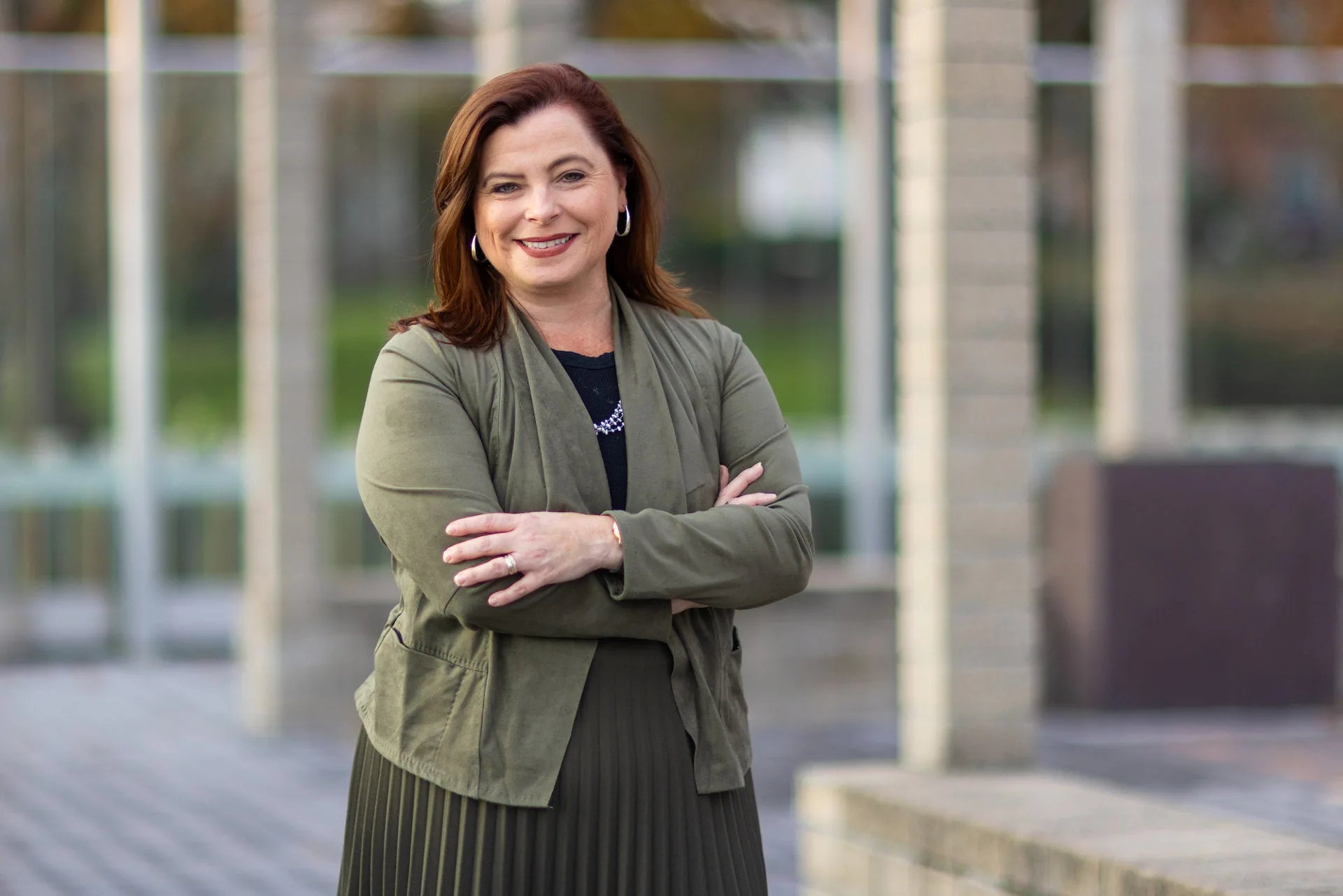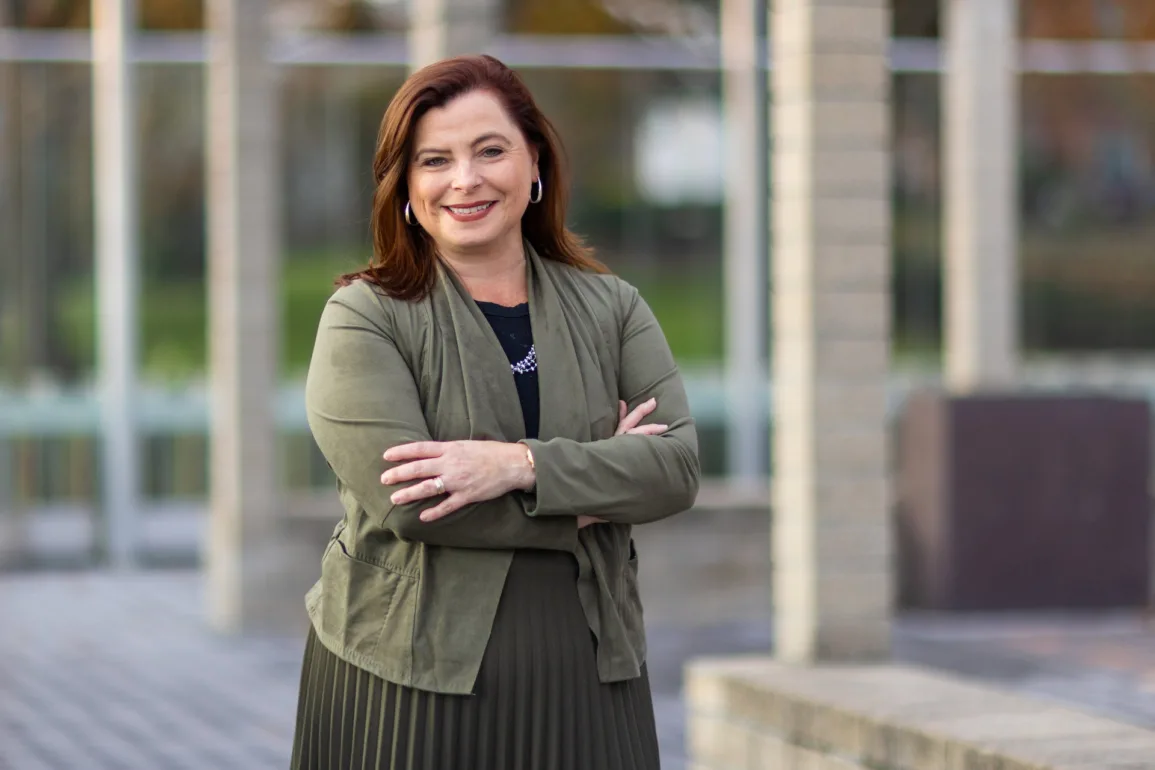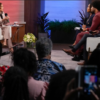
Mention the civil rights era in the U.S. in the mid-20th century, and images of Black people protesting against discrimination come to mind. But just as Blacks were oppressed by harsh Jim Crow laws throughout the South, many Indigenous people living there were too, and fought for their rights at the same time.
Denise Bates tells the stories of Indigenous people in the southern U.S., bringing their narratives to the wider world, and also back to those same communities who are active participants and collaborators in the telling of their own stories.
Now a professor of history, Bates is of Choctaw, Cherokee, and Creek descent and the first in her family to go to college. She attended graduate school at the University of Arizona, receiving degrees in American Indian Studies and history.
For her dissertation there, she focused on the little-told history of native people struggling for their legal rights in the South, which led to her first book, The Other Movement: Indian Rights and Civil Rights in the Deep South.
Bates describes how schools are a good prism to understand the effects of discrimination—and efforts to oppose it. Throughout the South, from Virginia to Texas, Bates says, Native people had to push hard to get their children an education.
“In places like Alabama, where my grandmother is from, there were no schools set up for Native children, so they either went without or they had to work with churches to build their own,” says Bates, who is also dean of University College at Tufts.
Discrimination was also very localized. Some school systems set up a three-tier system for education: schools for whites; schools for Blacks; and schools for Native children. “Schools for Native children were always the poorest. They were often even less resourced than African American schools,” she says. “They got the hand-me-downs of every other school. Church schools existed on donations.”
Bates knew that story of discrimination across the South, but there was very little written about it. She set out to correct that in her dissertation and then book.
A Patchwork of Discrimination and Acceptance
Through her extensive work in Louisiana and Alabama, she also discovered that Jim Crow played out differently in different locations. “It was locally dictated, depending on the politics and the cultural mindset of the residents in the areas,” she says. Citizens of the Coushatta Tribe of Louisiana, for instance, were allowed to go to white schools in the town of Elton.
“Although they were integrated into white schools, they still experienced a lot of discrimination and hatred,” Bates says. But just 30 miles away, another tribe had no schools that would take Native children.
“I’m working with the MOWA Choctaw Tribe now, right outside of Mobile, Alabama, to develop their tribal museum that will reopen in a few months. They are another example of an Indigenous community who struggled to get access to schools,” she adds. “They had to create their own.”
The native rights movement in the South did lead to change starting in the 1970s. State Indian affairs commissions began to be set up, recognizing native communities. “Hundreds of communities that were not recognized by the federal government as Native people were recognized by their states,” Bates says. “They had stayed in the Southeast. They didn’t go to Oklahoma [as part of the forced migration]—or they had gone and come back. They all have very different stories.”
Tribal leaders used that recognition to their advantage and were able to negotiate for resources. “It’s a multilayered and very complicated story. Granted, it didn’t have the big impacts that they were hoping, but it was visible enough to be important, and it was also a springboard for many tribes to petition later on for federal recognition and receive it,” Bates says.
Embedded in the Community
One of those tribes she wrote about was the Coushatta Tribe of Louisiana; their leaders were trailblazers for native rights in the state. When The Other Movement came out, Coushatta officials invited her to give a community talk to the tribal members about the book. That initial invitation and meeting “created a friendship, collaboration, and partnership that survives to this day,” Bates says.
Since then, she has written two books focused on Coushatta history, working with tribal members to help tell their story, build a tribal archive, and collect oral histories. While Bates conducted many of the interviews, she also worked closely with tribal members who captured oral histories in their native Koasati language. All of the materials collected during this intensive period of research are housed at the Coushatta Heritage Department.
The first book to come out of that collaboration was Basket Diplomacy: Leadership, Alliance-Building, and Resilience among the Coushatta Tribe of Louisiana, 1884–1984. In it, Bates details the history of the Coushatta as they settled in Louisiana after a long journey that took them from their homelands in Alabama. They overcame economic and social challenges by exercising political savvy, community resilience, and using their baskets to secure strategic alliances.
“Basket Diplomacy contributes significantly to our understanding of Indigenous peoples in the South, Indigenous leadership, and tribal relationships with local, state, and federal institutions,” wrote Jay Precht, a professor at Penn State, in the Journal of Southern History. “It reminds us that the experiences of Native peoples in the South are not monolithic and that community histories remain essential to understanding the diversity of Native experiences.”
Her most recent book is Louisiana Coushatta Basket Makers: Traditional Knowledge, Resourcefulness, and Artistry as a Means of Survival, co-written with Linda Langley, the tribe’s retired historic preservation officer. It examines the history of the Coushatta Tribe’s basket weavers and how their works bolstered the local tribal economy and became the basis for generating tourism and political mobilization.
Most recently Bates has been named co-editor of the Contemporary Issues and Methods in Indigenous Studies series at the University of Alabama Press, which will enable her to support the publications of interdisciplinary works aimed at centralizing Indigenous voices.
“It really speaks to my mindset about being a community-embedded scholar,” she says. “Academics, whether they belong to the community they are working with or writing about or not, have a responsibility to ensure they use their expertise and resources to make positive and welcome contributions.”



